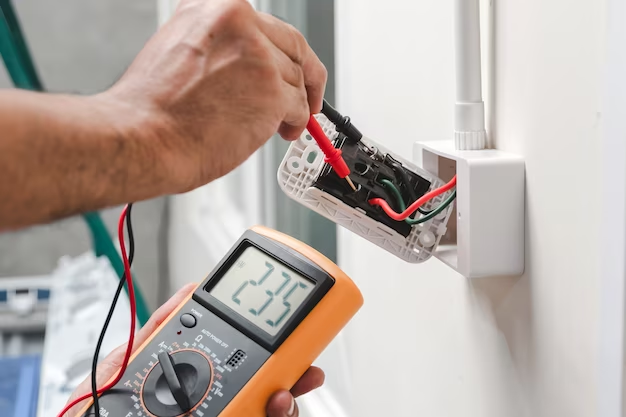An energy-efficient home conserves and reduces the use of energy than a typical home. If you plan to build a new home or renovate an existing one, consider investing in this type of design.
What's In It For You?
There are a lot of benefits an energy-efficient home could bring you. First and foremost, it saves you money for utility bills. Second, it also reduces the amount of energy consumption. Third, it lowers your carbon footprint, leading to the fourth one, contributing to the fight against global warming. Fifth, it provides more comfort and durability.
What are the Factors to Consider?
These benefits are some of the significant advantages of a green home. Hence, consider the following factors to construct or remodel your house around this intelligent design during your planning phase.
1. Orientation
The orientation refers to the position of your home to maximize the seasonal sun angles. You have a more energy-efficient home, a more comfortable living space, and a cheaper running cost with the proper house orientation.
The orientation is a significant part of your innovative design for a net-zero home. It can provide you passive cooling, passive heating, and shading in the long run. Therefore, homeowners, architects, designers, builders, and subcontractors need to establish open and detailed communication to ensure a cost-effective implementation and construction of the design with the orientation in mind.
In designing your energy-efficient homes, you and your team must be familiar with energy-efficient home designs. A good orientation makes the best use of the sun and wind. Consider the changes in the climate in the site or region you selected to use the functional design based on the orientation. The weather is an essential element to maximize the potential of your home when it comes to passive cooling, passive heating, and shading.
2. Building Envelope
As the name suggests, a building envelope covers or encompasses the exterior of a building. It includes the doors, foundation, roof, walls, and windows. It acts as a concrete barrier that separates the envelope from the interior of a building.
The building envelope has several functions. It provides support and strength against loads of forces. It also controls the exchange of air, condensation, heat, light, noise, and water. Finally, it makes a building look attractive and aesthetic.
Now, energy-efficient home design requires air sealing. An air-sealed building envelope is the most cost-effective factor to zero energy home. If you achieve a high level of airtightness in your house, it can lower your heating and cooling expenses. In addition, it refines the quality of indoor air and gives a great sense of comfort.
3. Insulation
Next to the building envelope is insulation which is the second most cost-effective factor you need to consider. Insulation is a material that reduces heat loss and heat gain in a building.
It ensures that your house has the adequate temperature to function all year round. It makes your home cool during hot summer months while it keeps it warm during cold winter months. Therefore, the cooling and heating system will not consume as much energy to keep you comfortable.
Adding the appropriate insulating material to the ceilings, floors, and walls will help prevent thermal bridging or air leakage and improve your home's energy efficiency.
4. Energy-Efficient Appliances, Electronics, Lightings
Another factor to think about is the selection of your appliances, electronics, and lightings. These appliances, electronics, and lightings will help you save more money, lower more energy consumption, increase more energy security, reduce more pollution, and protect more the environment.
To be attuned and mindful about your selection of energy-efficient appliances and electronics, look for Energy Star Appliances. The Energy Star Product Finder page shows a list of certified energy-efficient appliances and electronics. Take into consideration the size, cost, and energy consumption of the machines.
As for the lightings, compact fluorescent lamps (CFLs), halogen incandescents, and light-emitting diodes (LEDs) are the best energy-efficient lightings. These lightings use less energy than traditional incandescent lightings, which saves more money. Its life span is 3-25 times longer.
Aside from lightings, controls such as timers, photocells, and dimmers help save electricity by turning off lights when not in use and lower light levels.
5. Solar Power
Solar power from the sun is the most cost-effective way to a zero energy home. It can supply electric energy to your appliances, electronics, lightings, cooling, and heating systems. Think about the solar needs your household requires.
By the way, the cost of solar photovoltaics (PV) systems has been decreasing since 2000. Hence, it is an excellent opportunity to invest in PV systems to power your home at the lowest cost possible.
Going Solar Today
During your energy-efficient home design process, it is critical to consult with a reliable solar partner. ACES Lyfe provides a free home assessment to identify the best recommendation for an energy-efficient home for you. Let us know by contacting us now.







